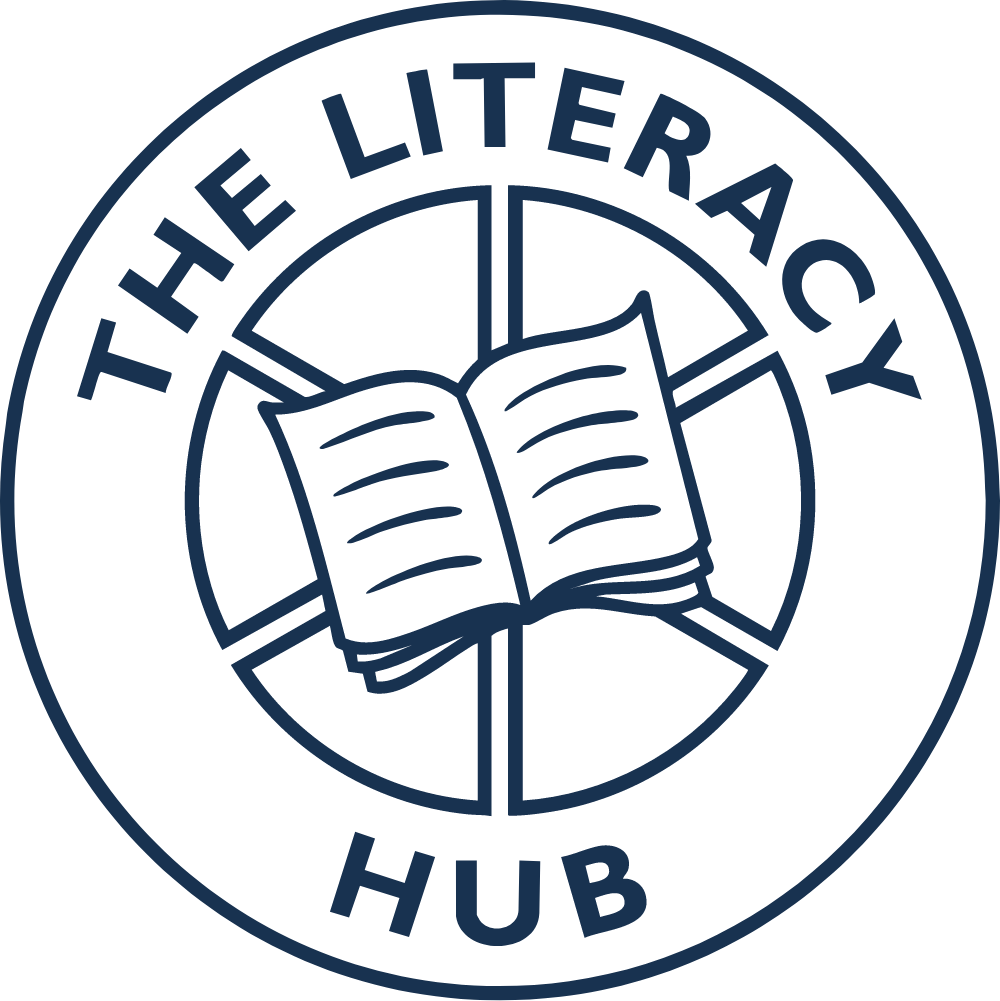Closing the Reading Gap
Closing the Reading Gap
By Alex Quigley
A wide-ranging introduction to what reading involves and some guidance on how to teach it
Although marketed as ‘practical strategies for teachers at every phase of their teaching career’, Closing the Reading Gap seems angled more towards secondary teachers. It’s a pleasant reading experience, with a mix of personal anecdotes, broad overviews of research and history, and some practical tips.
What it’s about
An introduction lays the groundwork of the importance of reading to academic achievement, the problem of poor literacy for some pupils, and the lack of teacher training in how to support reading.
Chapter 2 is an enjoyable overview of the history of reading from pictograms and cuneiform, through the invention of the printing press, to the modern day with a wide range of children’s literature, and digital texts. Alex Quigley touches on how these developments affected the proportion of the population who are literate over time, and the way that reading was taught.
Chapter 3 is a fairly surface-level look at what reading involves. At some length, Quigley makes the point that reading is not a natural process for the brain, despite the ease with which many people read. There is a brief introduction to phonics in the context of the ‘reading wars’, a look at fluency and reading speed, and a description of how eye movements differ in struggling vs good readers.
Chapter 4 covers reading comprehension, looking at the importance of background knowledge, different kinds of inferences, comprehension monitoring, and reading with a purpose.
Barriers to reading are discussed in Chapter 5, including text difficulty, dyslexia and poor comprehension. And disciplinary literacy is covered in Chapter 6, with a brief look at how reading challenges differ between subjects.
Chapter 7 (finally) gets on to practical strategies for closing the reading gap. This includes promoting a reading culture and reading for pleasure, particularly through school libraries, parental engagement and supporting a range of reading choices. Strategies for whole class reading and developing reading fluency are presented. And strategies for helping pupils to engage with the text, such as guided discussion, summarising and note-taking.
Chapter 8 ‘Next Steps’ includes some guidance on assessing reading progress, and two short case studies of whole-school improvement plans.
The good
Alex Quigley has an easy-to-read style that guides you through his points almost effortlessly. If you don’t know much about the psychology of reading and how to teach it, this is a gentle starting point. He talks about reading with passion, and covers a vast range of topics – though only at a very surface level.
The less good
Perhaps a bit meandering. Supporting reading in schools is a massive topic, and this is a short book that could have focused more tightly on the most useful aspects for teachers – do teachers really need several pages on why not to bother with speed reading? And (though I enjoyed it) I’m not sure that knowing about Sumerian clay tablets is going to contribute much to most teachers’ classroom practice. Where practical tips and strategies were given, they were presented so briefly that further research and a good deal of preparation would be needed to put them into practice.
The takeaway
Closing the Reading Gap is good starting point for secondary teachers who are interested in finding out more about what is involved in teaching reading, and why it is important. It should help teachers to identify what aspects of literacy teaching they would like to improve, and some techniques and strategies that they would like to explore further.

